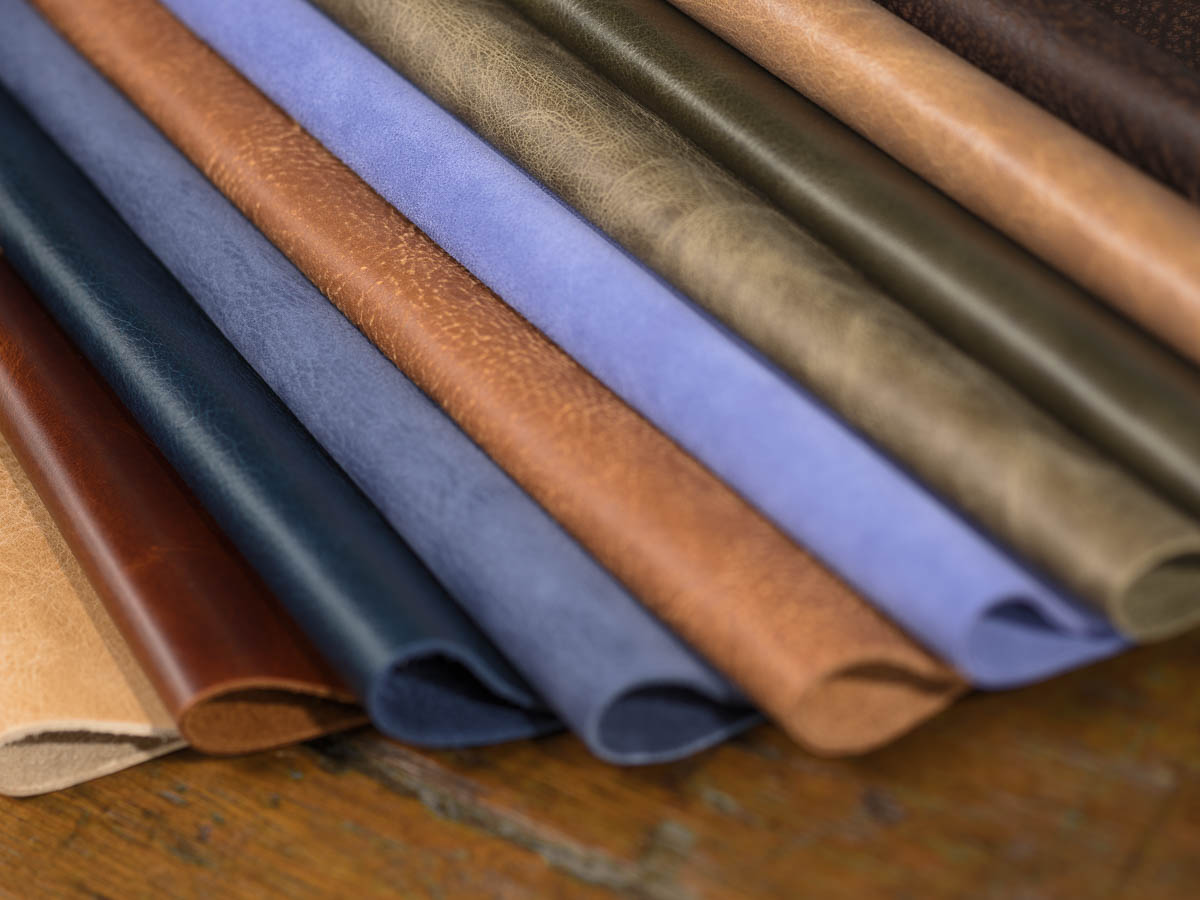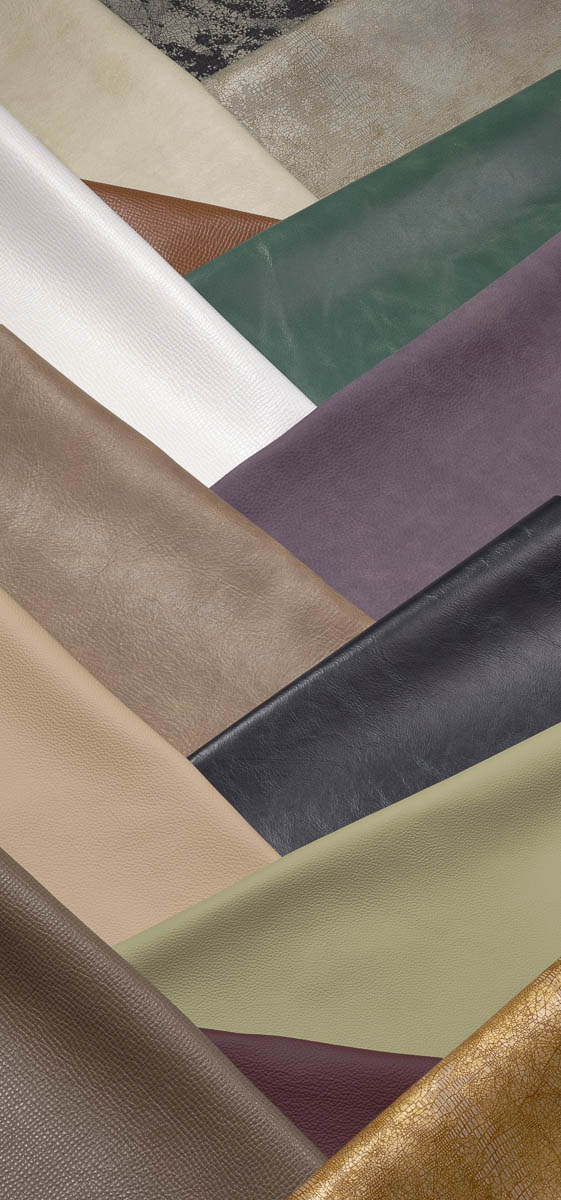Hey everyone.
I am going to be taking on work with a big creative agency that covers major brands and I am slowly making my way to a view camera for my studio work. In doing so I have realized I don't see a lot of resources online regarding the move. More specifically I want to up my capabilities as it relates to product photography and food, (think commercial advertising big brands). I've searched high and low trying to get a better understanding of the pros and cons but have come up fairly empty. As an aside I am shooting with a P1 XF/IQ3 100 now and am looking to purchase the Arca Swiss M Two.
A couple of questions that come to mind:
1) When working with a client that wants a particular shot/focus, what other option do you have if stacking doesn't work out? There are obviously limitations with a standard camera and DOF issues and not having to shoot wide and crop in losing valuable pixels to achieve a look. Stacking can help with this but we know that it's hit or miss at times. The only other solution I can think of is using a view camera. Am I wrong?I understand that a view camera has its own limitations as well but would seem to be a home run in post by getting it in one shot vs. many.
2) Are there a lot of commercial pros using these cameras in this space? If not, how do they achieve the images they may be requested to capture if they are limited with the current system (as above and aside from massive PS work on the backend)
3) Let's assume its not necessary. Does this say that view cameras for these assignments are going the way of the Dodo?
If there are any resources you can point me to I would appreciate it. Of course your feedback is always welcome especially from those that are shooting the work yourselves.
I feel that bringing this capability in house will help differentiate me from others and provide more options. What I don't want is for them to ask me to get a certain shot and I don't have the ability to make it work as they see it. Also, my wife just thinks I want to spend money but what else is new!
Thanks in advance!
I am going to be taking on work with a big creative agency that covers major brands and I am slowly making my way to a view camera for my studio work. In doing so I have realized I don't see a lot of resources online regarding the move. More specifically I want to up my capabilities as it relates to product photography and food, (think commercial advertising big brands). I've searched high and low trying to get a better understanding of the pros and cons but have come up fairly empty. As an aside I am shooting with a P1 XF/IQ3 100 now and am looking to purchase the Arca Swiss M Two.
A couple of questions that come to mind:
1) When working with a client that wants a particular shot/focus, what other option do you have if stacking doesn't work out? There are obviously limitations with a standard camera and DOF issues and not having to shoot wide and crop in losing valuable pixels to achieve a look. Stacking can help with this but we know that it's hit or miss at times. The only other solution I can think of is using a view camera. Am I wrong?I understand that a view camera has its own limitations as well but would seem to be a home run in post by getting it in one shot vs. many.
2) Are there a lot of commercial pros using these cameras in this space? If not, how do they achieve the images they may be requested to capture if they are limited with the current system (as above and aside from massive PS work on the backend)
3) Let's assume its not necessary. Does this say that view cameras for these assignments are going the way of the Dodo?
If there are any resources you can point me to I would appreciate it. Of course your feedback is always welcome especially from those that are shooting the work yourselves.
I feel that bringing this capability in house will help differentiate me from others and provide more options. What I don't want is for them to ask me to get a certain shot and I don't have the ability to make it work as they see it. Also, my wife just thinks I want to spend money but what else is new!
Thanks in advance!


